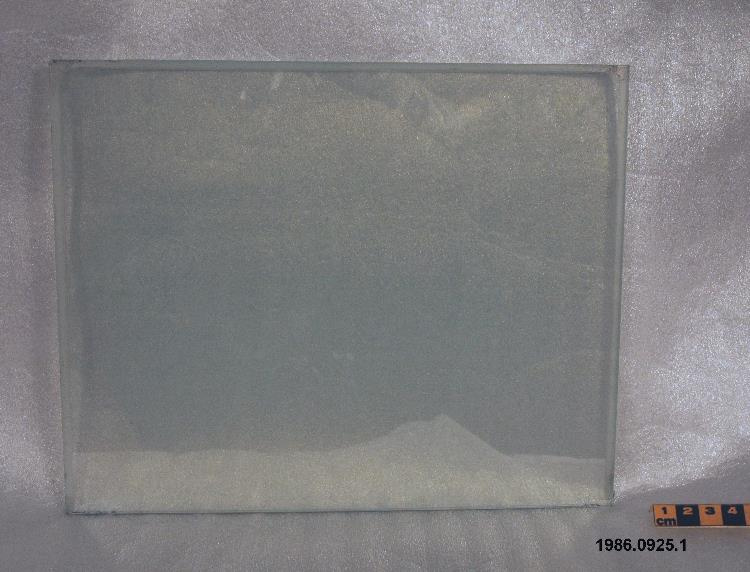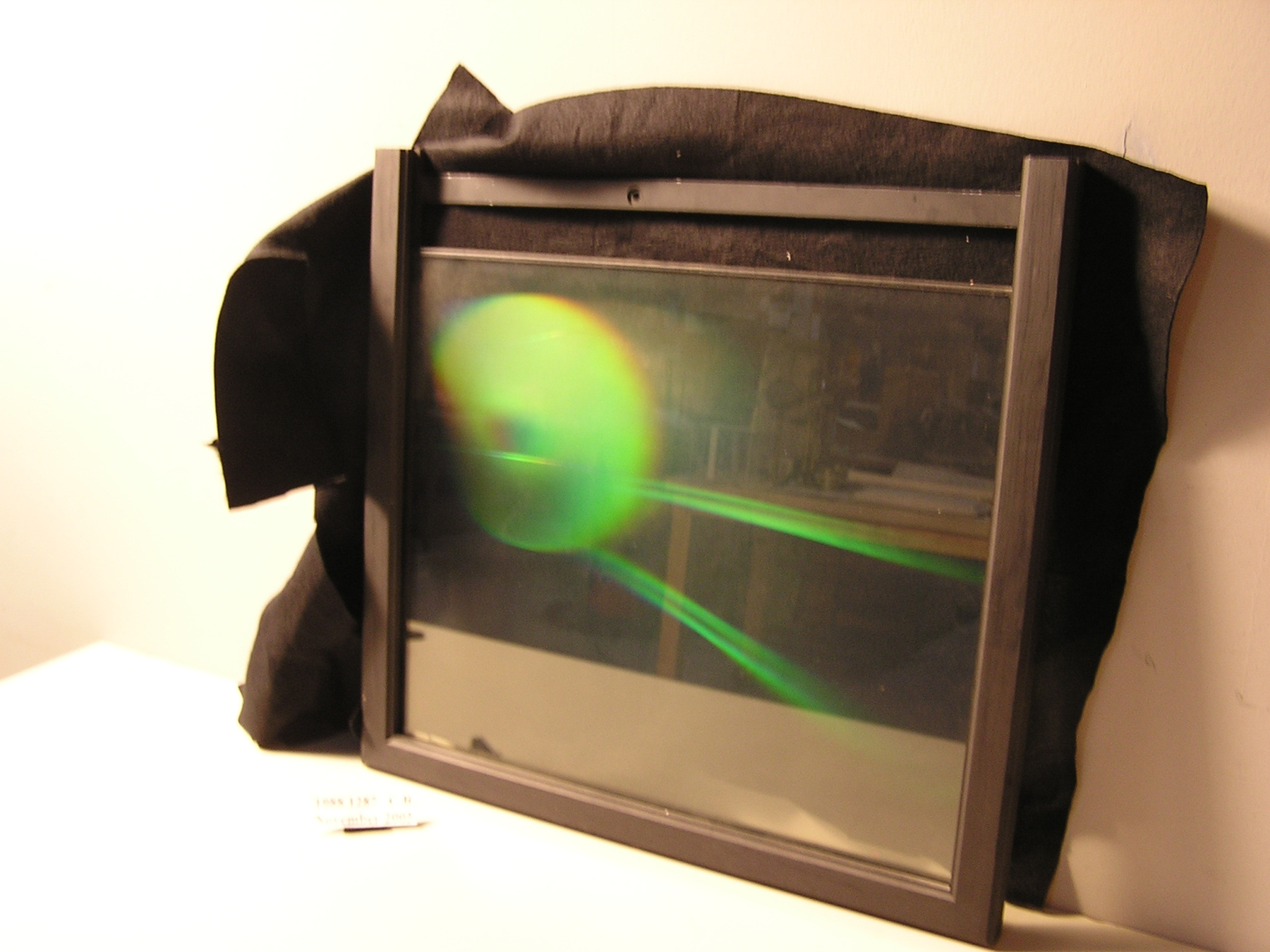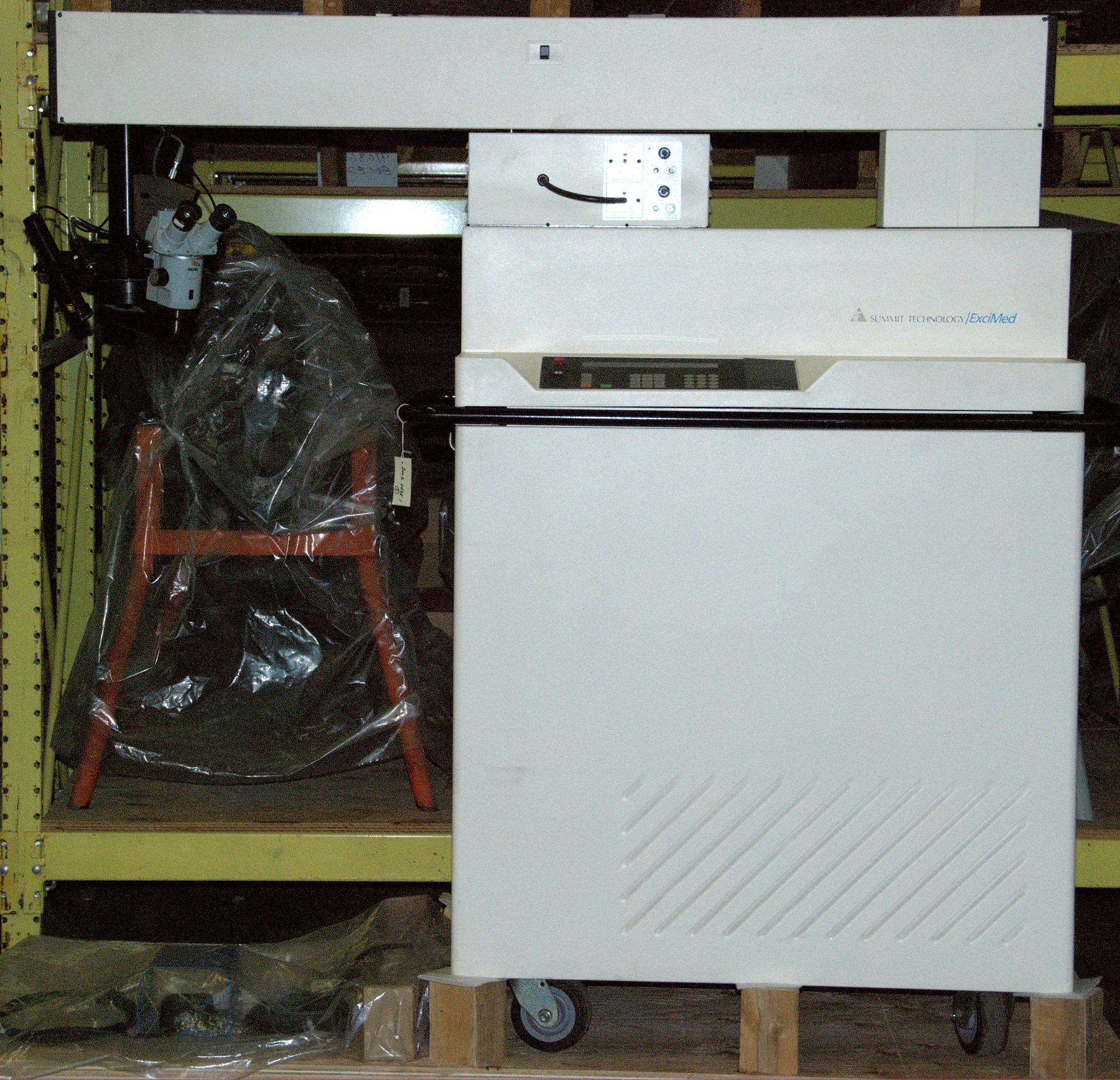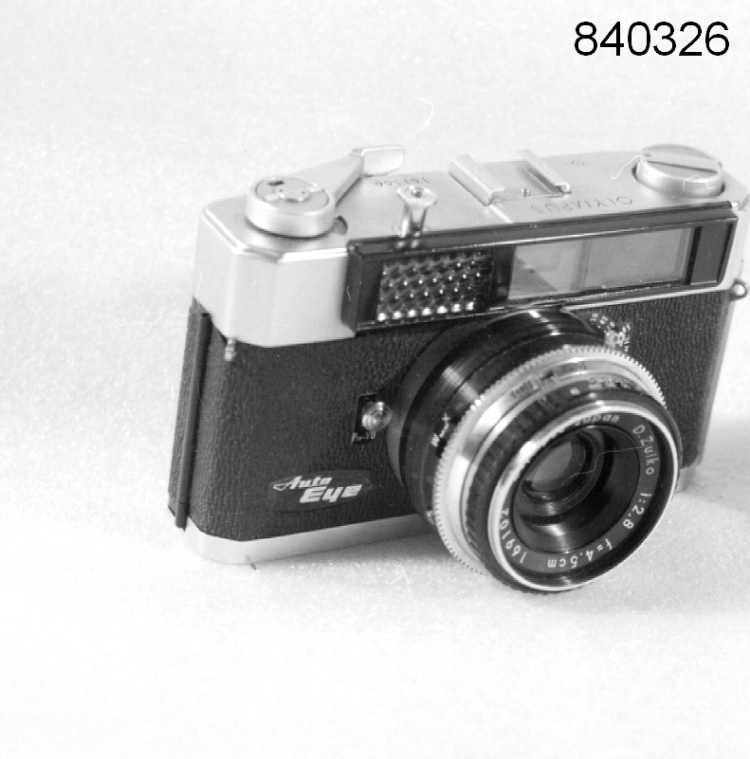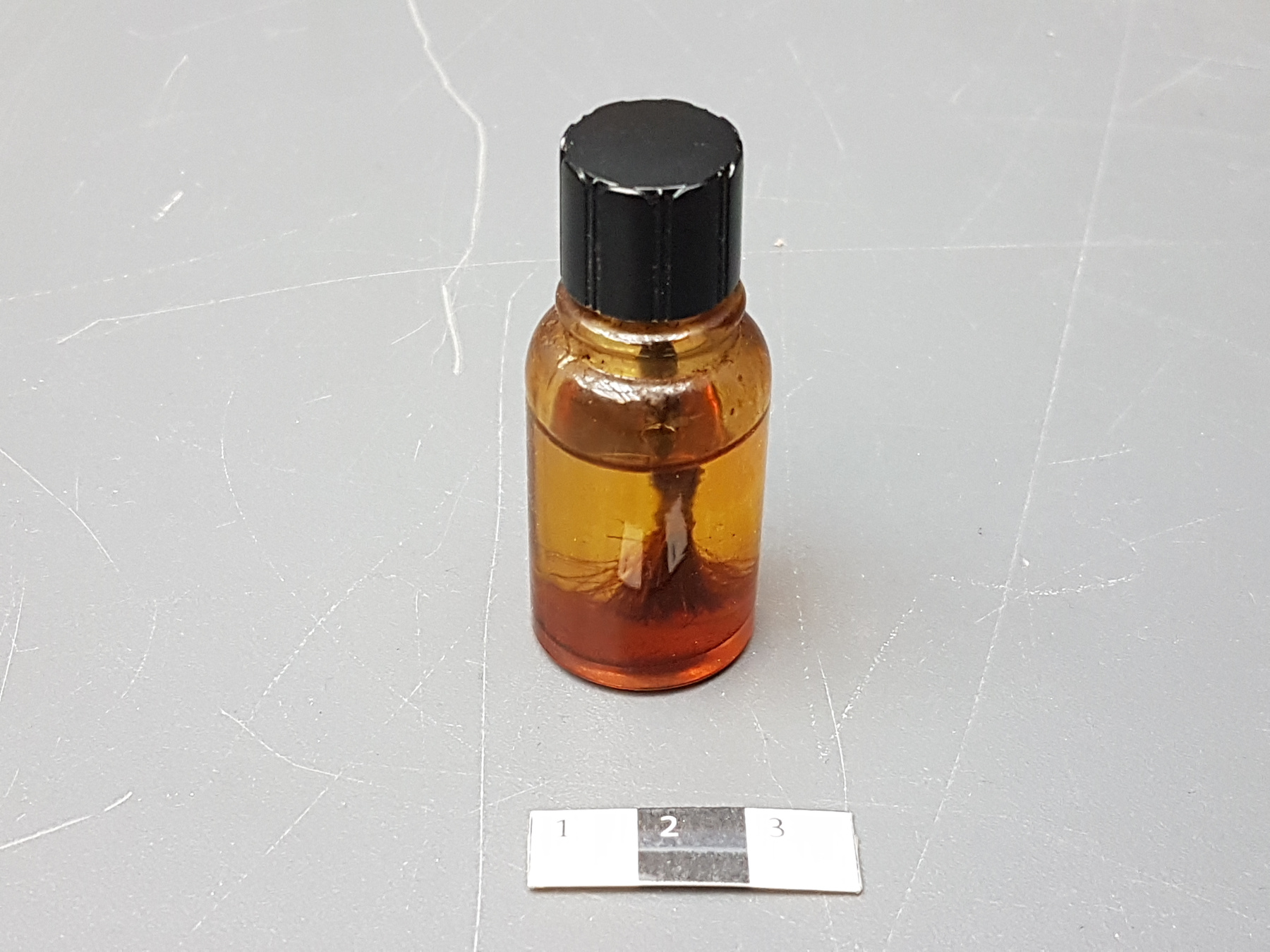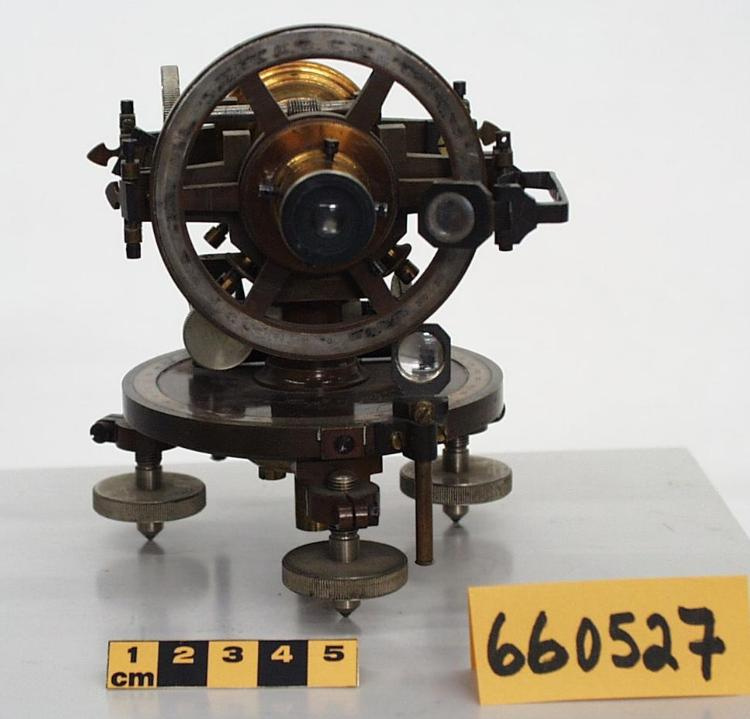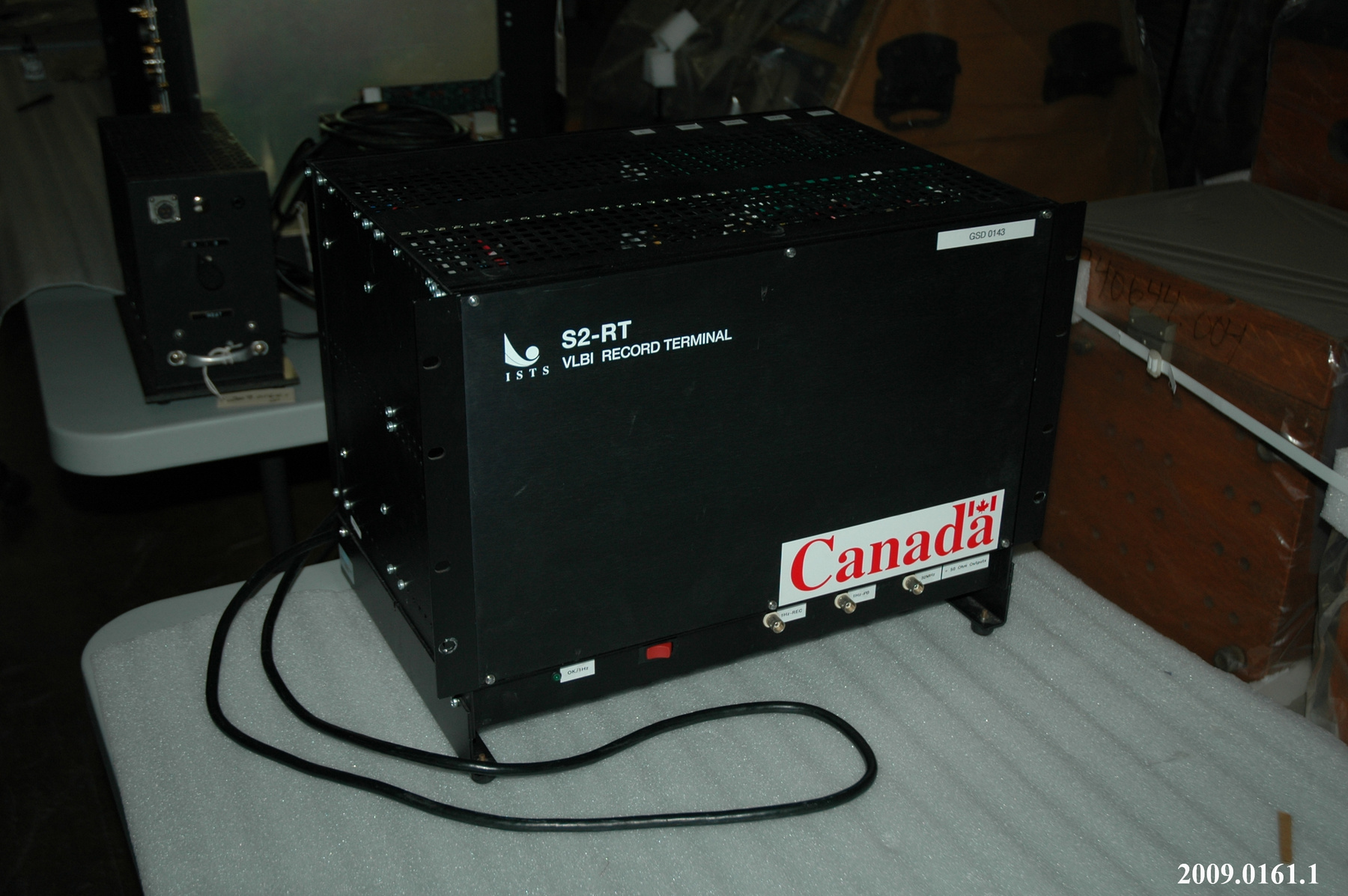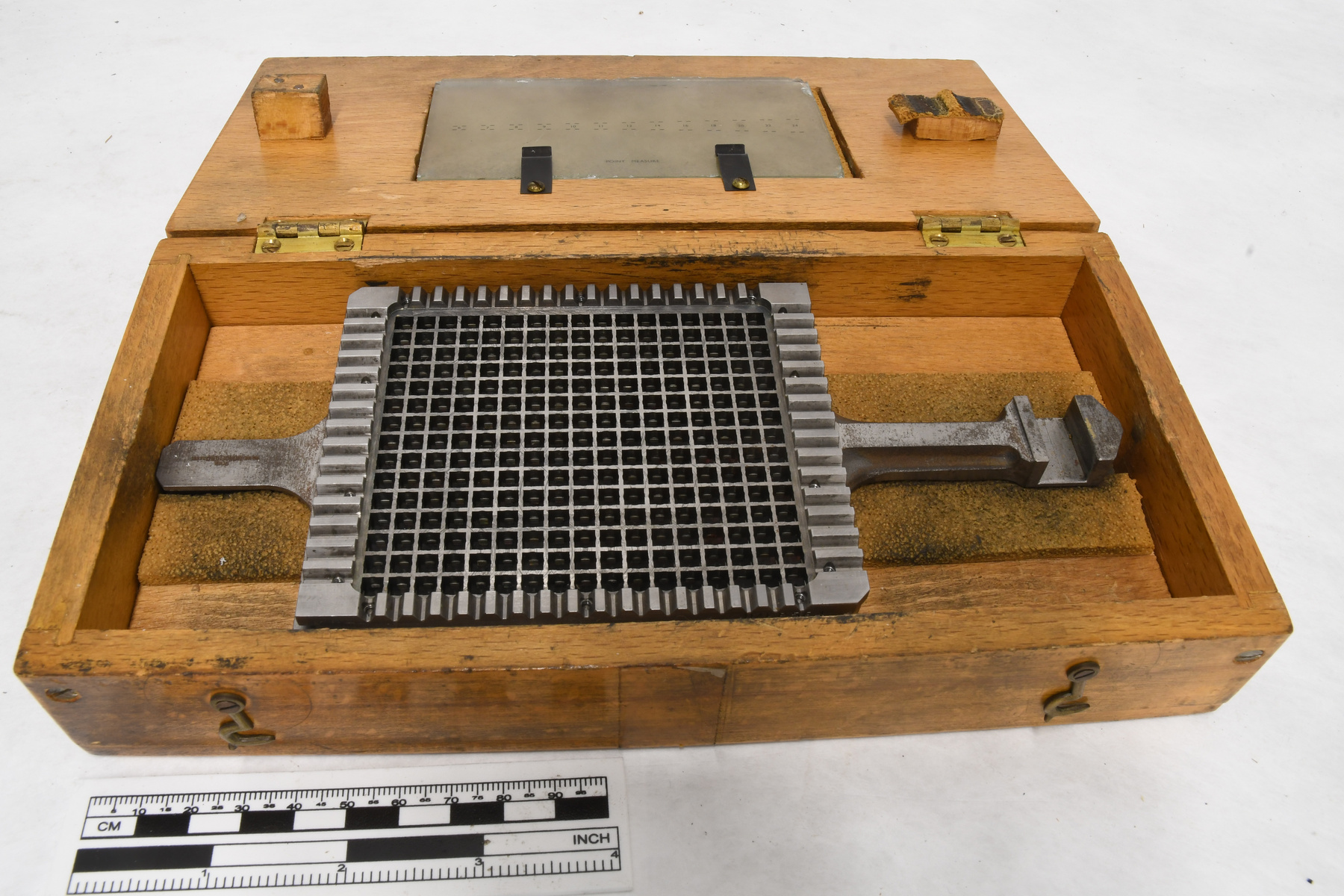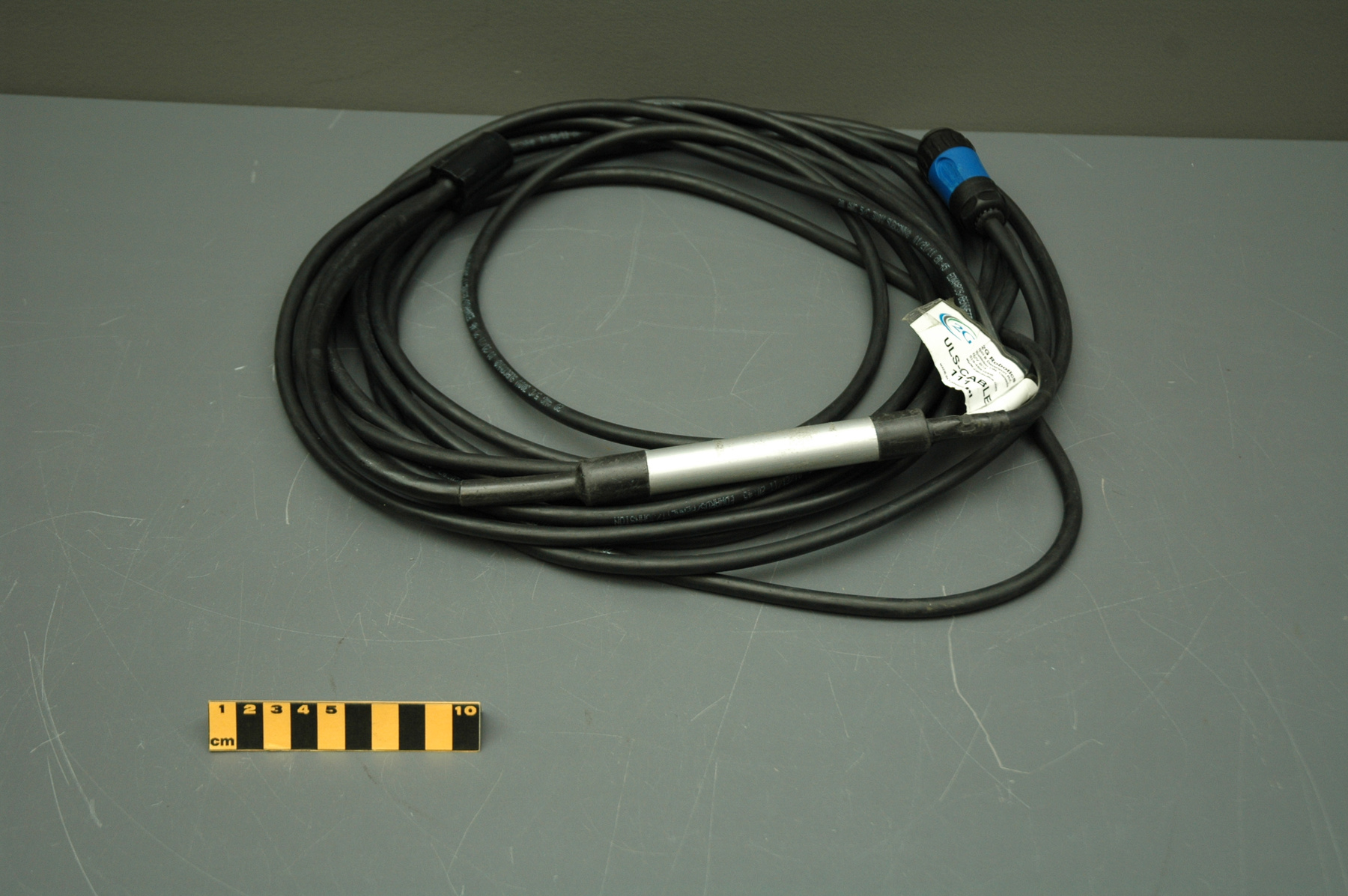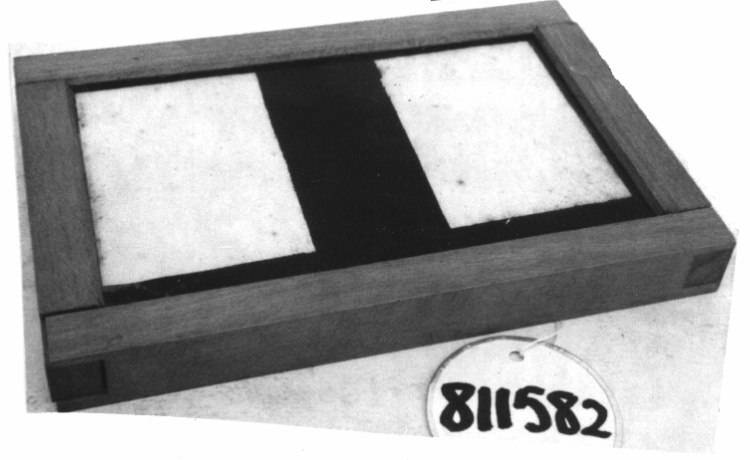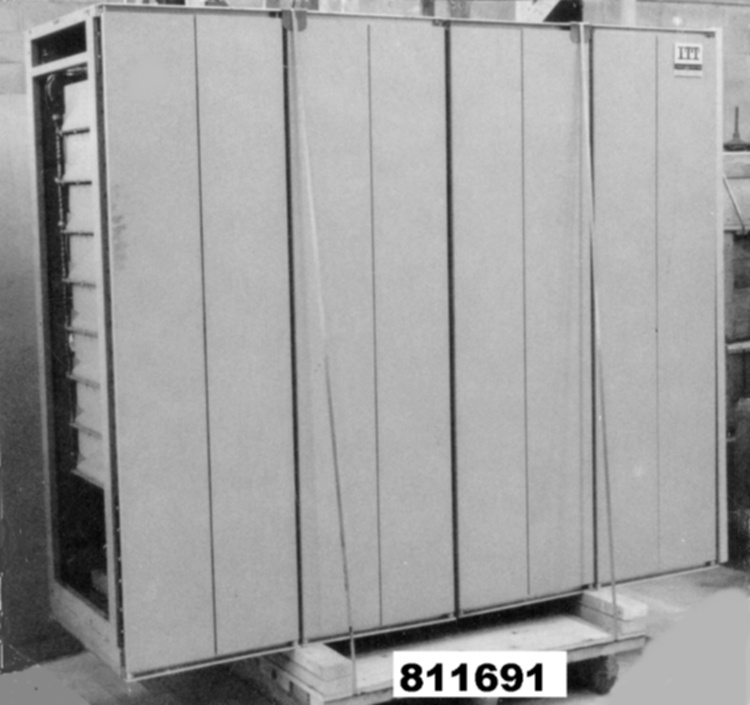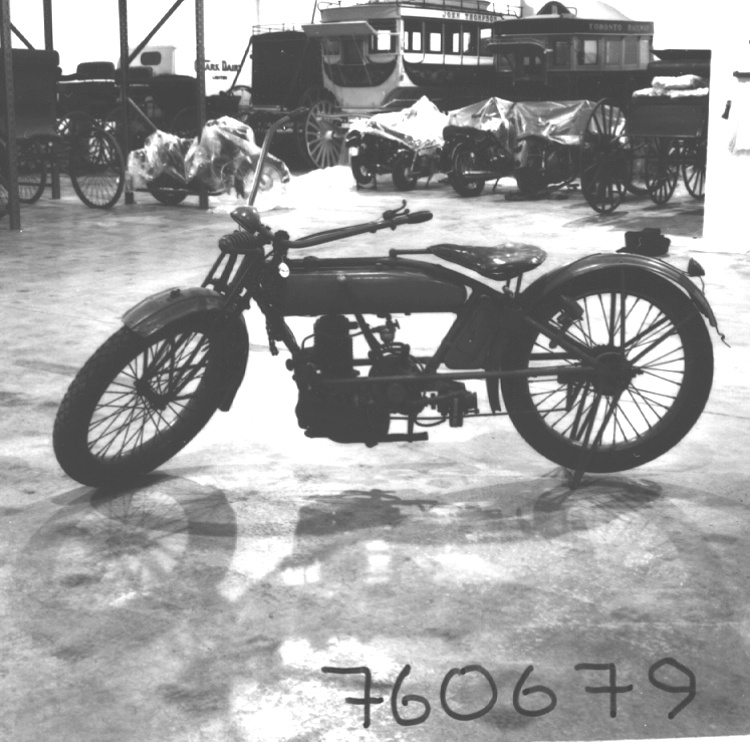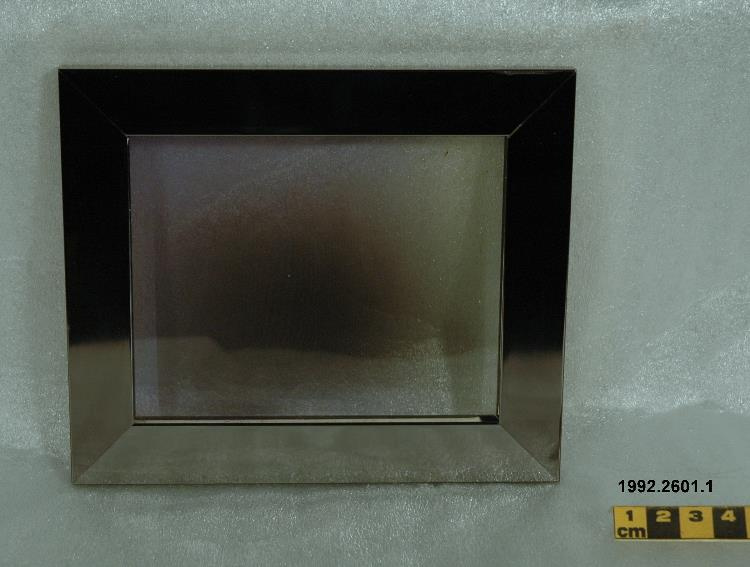Hologram
Use this image
Can I reuse this image without permission? Yes
Object images on the Ingenium Collection’s portal have the following Creative Commons license:
Copyright Ingenium / CC BY-NC-ND (Attribution-NonCommercial 4.0 International (CC BY-NC 4.0)
ATTRIBUTE THIS IMAGE
Ingenium,
1987.2601.001
Permalink:
Ingenium is releasing this image under the Creative Commons licensing framework, and encourages downloading and reuse for non-commercial purposes. Please acknowledge Ingenium and cite the artifact number.
DOWNLOAD IMAGEPURCHASE THIS IMAGE
This image is free for non-commercial use.
For commercial use, please consult our Reproduction Fees and contact us to purchase the image.
- OBJECT TYPE
- transmission/laser/silver halide/framed
- DATE
- 1970
- ARTIFACT NUMBER
- 1987.2601.001
- MANUFACTURER
- Unknown
- MODEL
- Photoelasticity Diffused Light/72
- LOCATION
- Los Alamos, New Mexico, United States of America
More Information
General Information
- Serial #
- N/A
- Part Number
- 1
- Total Parts
- 1
- AKA
- N/A
- Patents
- N/A
- General Description
- glass plate/ aluminum frame/ metal hardware
Dimensions
Note: These reflect the general size for storage and are not necessarily representative of the object's true dimensions.
- Length
- 16.3 cm
- Width
- 13.8 cm
- Height
- N/A
- Thickness
- 1.0 cm
- Weight
- N/A
- Diameter
- N/A
- Volume
- N/A
Lexicon
- Group
- Physics
- Category
- Light & electromagnetic radiation
- Sub-Category
- N/A
Manufacturer
- AKA
- Sollid
- Country
- United States of America
- State/Province
- New Mexico
- City
- Los Alamos
Context
- Country
- Canada
- State/Province
- Ontario
- Period
- late 1980s
- Canada
-
Collected for the exhibit "Images in Time & Space" mounted by the Associates of Science & Technology (AST) & the National Museum of Science and Technology, circa 1988-1989. - Function
-
A medium which presents a three dimensional image, in this case a photoelastic model in diffused light. - Technical
-
One of a number of early holograms produced by Jon E. Solid in 1969-1971 at General Dynamics in Fort Worth, Texas, for interferometric research purposes. This is a laser transmission, double exposure hologram done with a Helium/Neon laser. The theory of holography was developed in 1947 by British/Hungarian scientist Dr. Dennis Gabor while working to improve the resolution of electron microscopes. In 1960 the laser was invented and its pure white light was ideal for holography. In 1962 Emmett Leith and Juris Upatnieks of the University of Michigan, combined Gabor's theory with their own work in side-reading radar and applied it to holography, resulting in the off-axis technique of hologram production still in use & the first laser transmission hologram. Also in 1962 Dr. Yuri N. Denisyuk of the U.S.S.R combined holography with Gabriel Lippmann's work in natural colour photography to produce a white-light reflection hologram which, for the first time, could be viewed in light from an ordinary incandescent light bulb. By 1965 Leith, Upatnieks & other U.S. researchers had developed off-axis reflection holograms (Ref. 1). In 1965 Robert Powell and Karl Stetson published the first paper on holographic interferometry. This technique uses the interference between light beams to make more than one exposure on a single plate, of the same object in double exposure holograms, of the ambient air & a moving object in dynamic holograms, & of the same object recorded by two different wavelengths of laser light in contour interferometry (Refs. 1 & 2). - Area Notes
-
Unknown
Details
- Markings
- "72" printed in red on glass/ "PHOTOELASTICITY DIFFUSE LIGHT" formerly printed in white crayon (no longer visible - see old worksheet in Supp. Info.)
- Missing
- appears complete
- Finish
- colourless transparent glass/ anodized aluminum frame
- Decoration
- N/A
CITE THIS OBJECT
If you choose to share our information about this collection object, please cite:
Unknown Manufacturer, Hologram, 1970, Artifact no. 1987.2601, Ingenium – Canada’s Museums of Science and Innovation, http://collection.ingeniumcanada.org/en/id/1987.2601.001/
FEEDBACK
Submit a question or comment about this artifact.
More Like This





